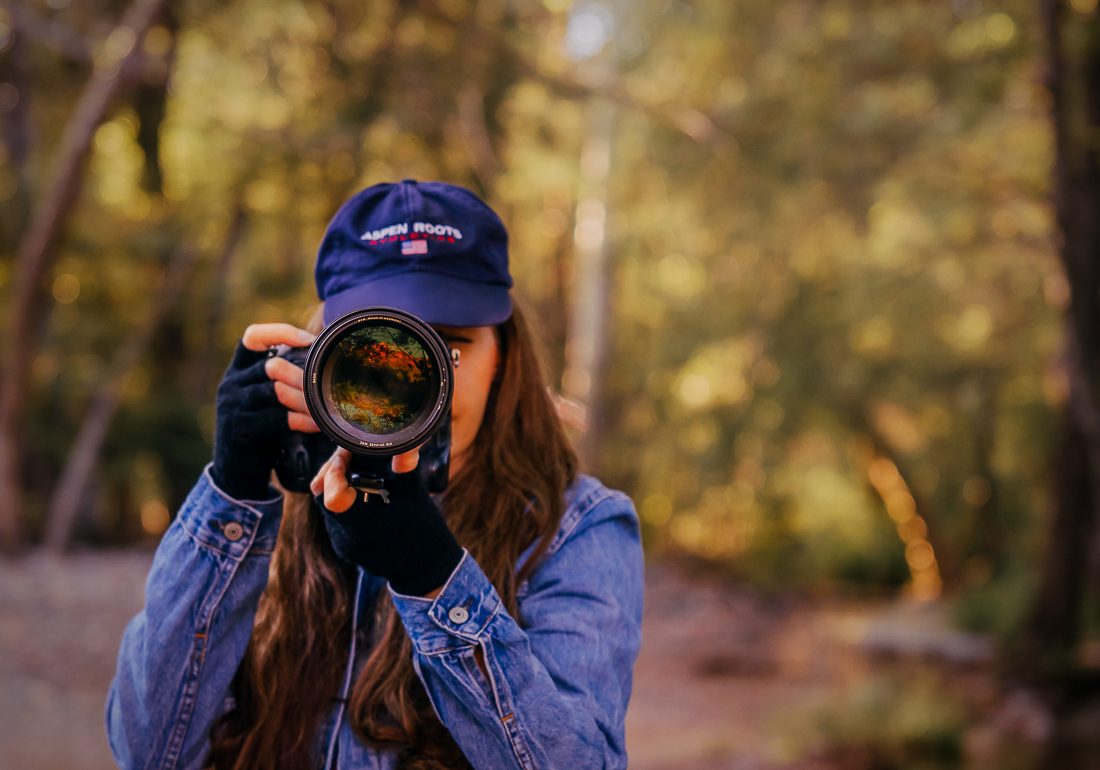
Kelly Isley is the author of Amazing Hummingbirds You Can Find in Arizona and a photographer with a background in aerospace engineering, specializing in the hummingbirds that inhabit the Southwest.
How did the idea for this book come about, and how long did it take you to bring it from idea to publication?
The idea grew out of a childhood fascination with hummingbirds —helping hang feeders and practicing photography on family trips. Over time, that interest evolved into a deeper commitment to their conservation and documentation after learning that certain hummingbirds (Rufous, Allen’s, Broad-tailed, and Calliope at the time of this interview) now face concerning population declines. Since the book is powered by nature, it came together over two years, blending research, fieldwork, interviews, and photography.

I just looked at my own bookshelves and found 8 English-language non-fiction books on hummingbirds, and Amazon lists at least the same number again. So, there clearly are many hummingbird books already out there—how is yours different?
What sets this recognized book apart is its exclusive access, new details and depth:
- Insightful interviews with hummingbird leaders, experts, and recognized Arizona ornithologists
- An extensive, easy-to-use guide on when and where to spot hummingbirds across the Grand Canyon State
- A detailed look at the International Hummingbird Society’s new Garden Certification Program
- Photography tips that balance simplicity and skill to capture their fast-paced beauty
- And much more for birders, nature enthusiasts, butterfly lovers, and curious readers alike.
This book combines science, photography, and personal storytelling with a strong regional focus on Arizona and the Southwest.
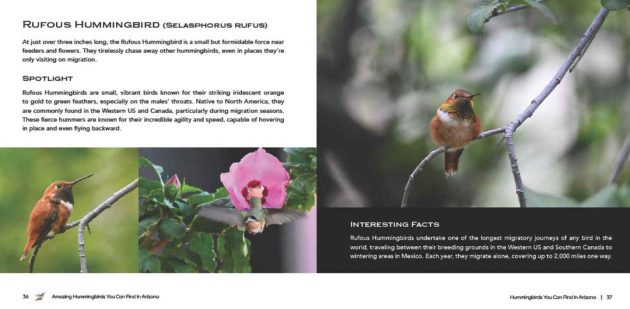
What do you hope readers, especially beginners, will take away from your book?
That anyone can enjoy, support, and help protect hummingbirds—right from their backyard. Whether it’s planting native flowers, avoiding pesticides, or simply observing them more closely, small actions make a real difference.
What is your favorite hummingbird in Arizona, and why? Has this changed over time?
It’s hard to choose, but the Anna’s Hummingbird stands out—its resilience and year-round presence in many Arizona areas is remarkable. That said, spotting an amazing Blue-throated Mountain-gem or a rare Plain-capped Starthroat still makes my heart skip a beat.
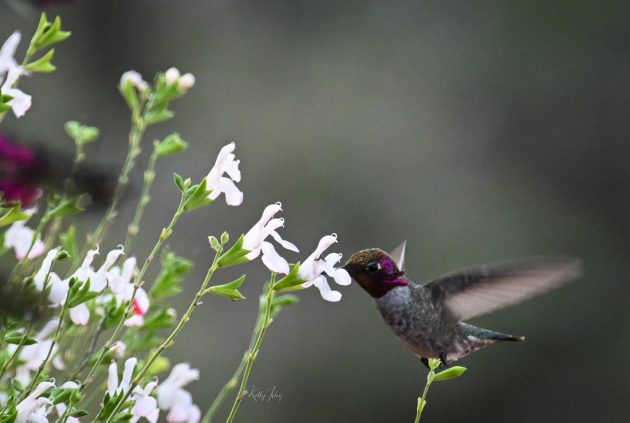
Can you describe a particularly memorable encounter with a hummingbird?
One unforgettable moment was photographing a Broad-billed Hummingbird during golden hour. It landed a few feet from my lens, lit like a jewel. The stillness and intensity of that moment reminded me of why I wrote this book.
Many people describe hummingbirds as feisty or even aggressive. Do you think this is accurate, or are we just anthropomorphizing?
It’s both. Their territorial behavior is real—especially around feeders—but we do tend to interpret it through a human lens. What we see as “feisty” is often just survival instinct in high gear.
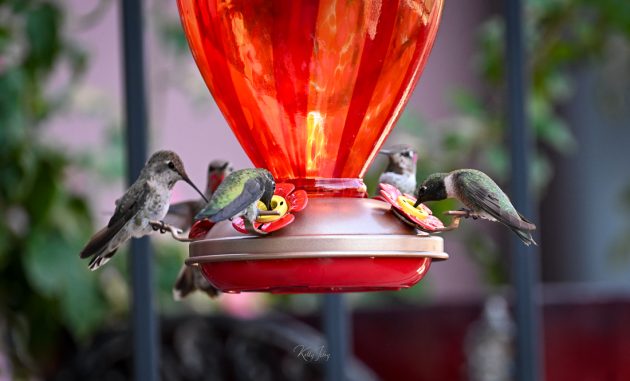
Your book has advice on how to attract and feed hummingbirds. Is this mainly because they’re your favorite bird family, or do hummingbirds also need our help to survive? In particular, are there threats to Arizona’s hummingbirds?
They’re a favorite, but they also face real threats—habitat loss, climate shifts, pesticide use. Arizona is vital for many species during migration, so backyard support and community awareness can have a big conservation impact.
With your professional background as an aerospace engineer, is there something you find particularly exciting about the flight of hummingbirds? If yes, can you explain to our readers?
Absolutely. Hummingbirds are the only birds that can hover in place and fly backward, thanks to their unique wing structure and high-energy metabolism. From an engineer’s perspective, their flight is a masterclass in biomechanics — an incredible example of nature’s engineering excellence.
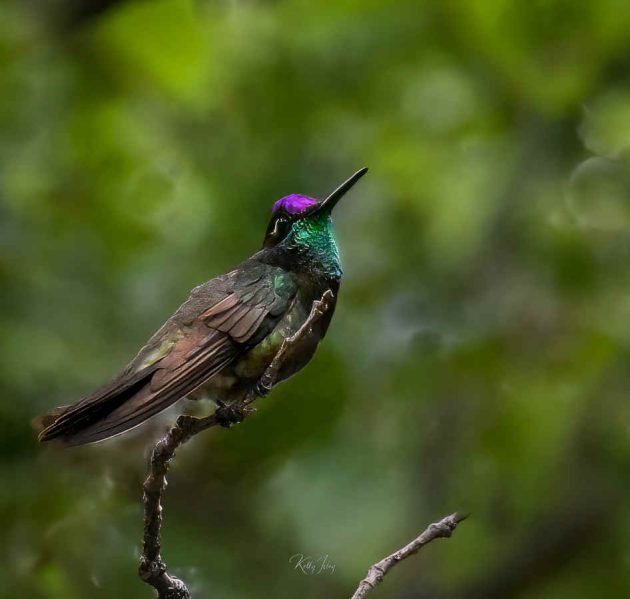
Hummingbird photography at specialized lodges in South America often is described in words that put me off a bit (“multi-flash / strobe setups, wireless triggers, radio transmitters to sync flashes”, etc.). How important is this kind of equipment and setup for your photography? And separately, what is the minimum equipment needed for an amateur bird photographer to get decent hummingbird photos?
While advanced setups can produce impressive results, they’re not necessary to start. Many of my favorite shots came from natural light with a mid-range DSLR or mirrorless camera and a good zoom lens. Patience, timing, and light matter more than gear.
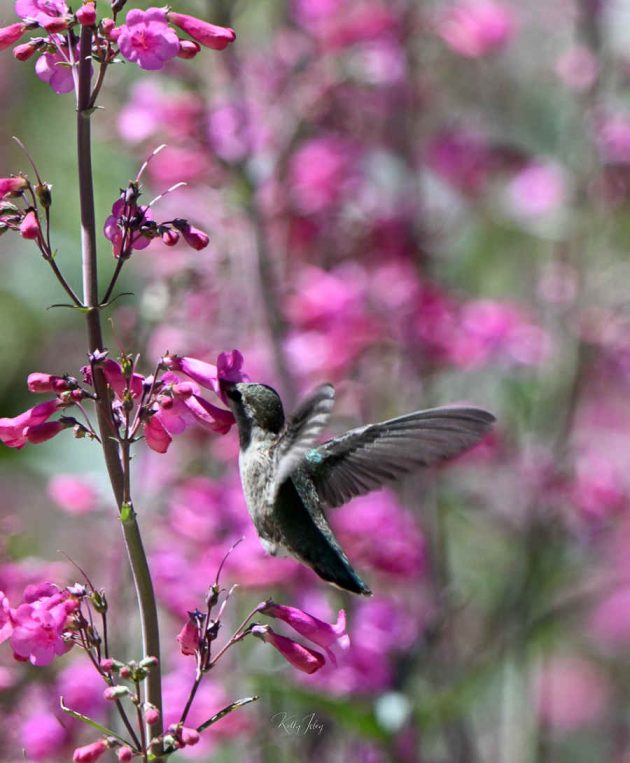
Do you also travel to places outside of Arizona / outside of the USA for hummingbirds? Which places can you particularly recommend? And do you think tourism can have a positive role in hummingbird conservation?
Yes, I’ve traveled throughout the Americas for hummingbirds—Costa Rica and Colombia are particularly rich. When done responsibly, birding tourism supports local conservation and provides income that helps protect habitats.
Some of your readers do not live in the Americas, and while we feel bad about not having hummingbirds, we are glad to have sunbirds instead. What is your take on them?
Sunbirds are stunning in their own right—nature’s answer to hummingbirds in the Old World. While they’re different biologically, they play similar ecological roles, and I’d love to photograph them one day.
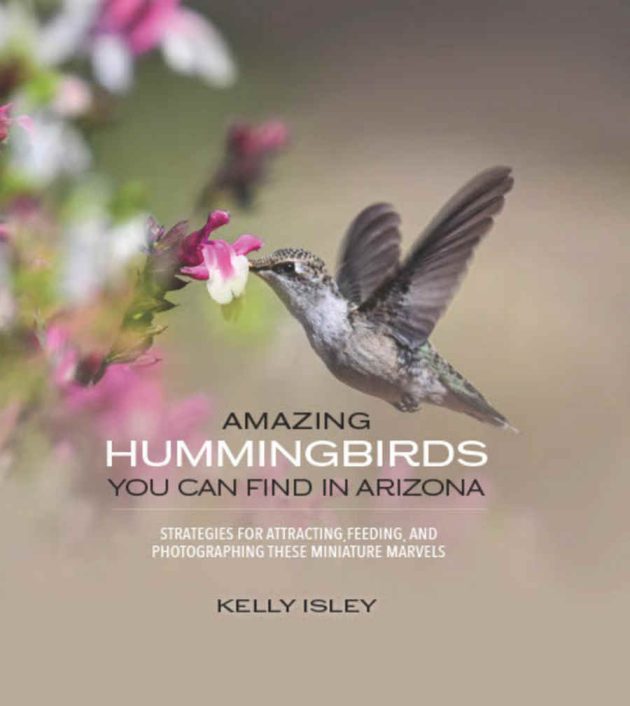
Amazing Hummingbirds You Can Find in Arizona: Strategies for attracting, feeding, and photographing these miniature marvels
By Kelly Isley
B&ib Publishers
ISBN: 9780988751842
Publication Date: 2025-06-18




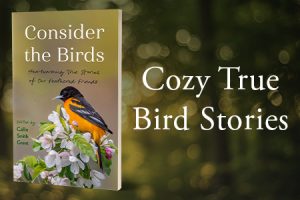


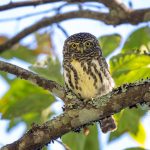
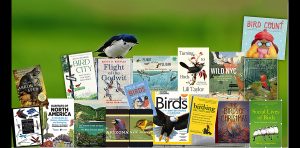
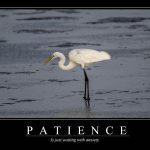
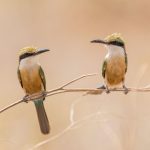
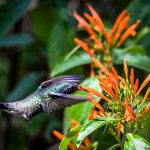
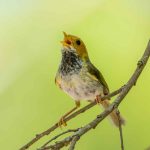
Lovely interview about an interesting hummingbird book. I can’t wait to read it!
I love this book! It’s my new favorite on the subject and soon to be Christmas gifts for close friends & family! There’s so much important information and memorable photographs. Insightful interview too. Thank you!
As a great fan of hummingbirds, I really appreciated the amazing photographs and descriptive content in this book. This interview compliments and enhances the importance of the author’s work.